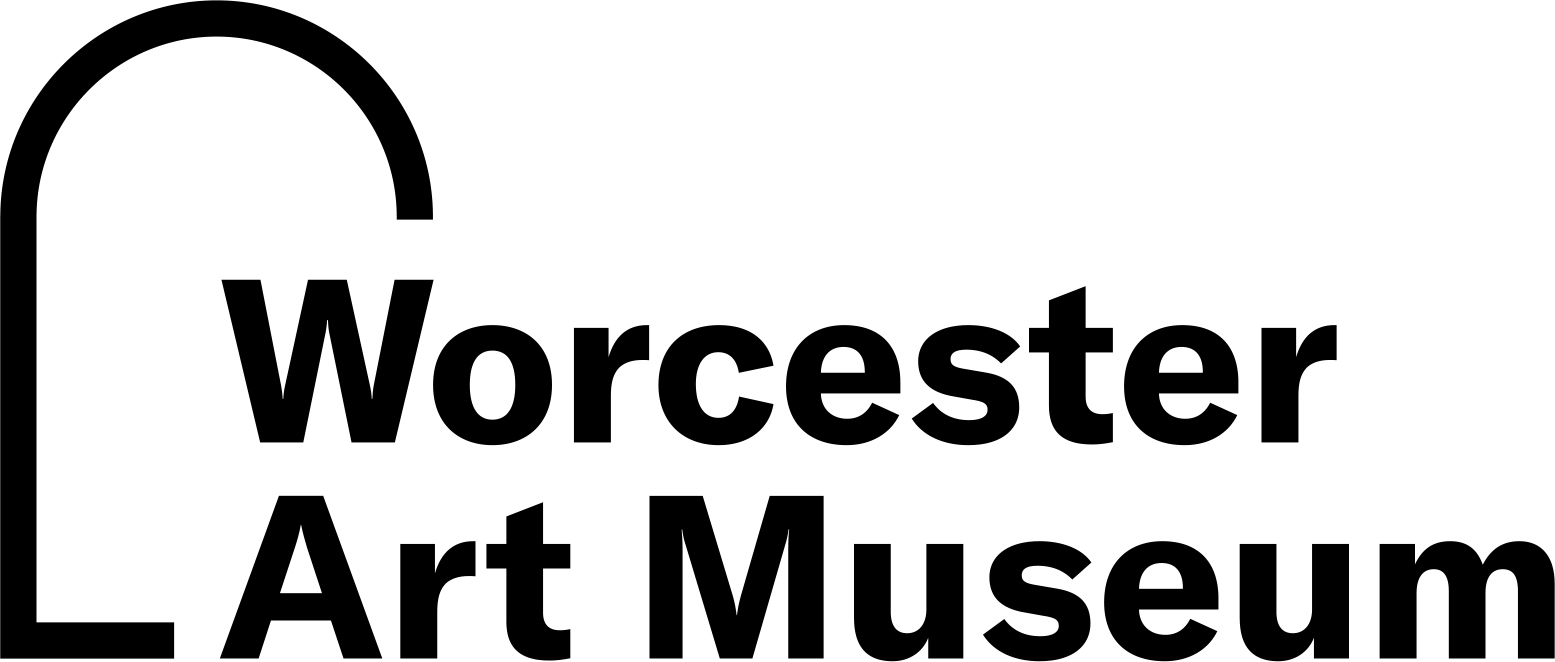Skull Hacha
Region
Mexico
, Veracruz
Date600–900
Mediumstone
Dimensionsoverall (approximate):15.2 × 12.1 × 10.2 cm (6 × 4 3/4 × 4 in.)
ClassificationsSculpture
Credit LineLent by Harold Kaye in 1958, acquired in accordance with Massachusetts General Laws, Chapter 200B: Disposition of Museum Property
Terms
Object number2016.27
Label TextAlthough the ballgame’s rules and significance varied throughout Mesoamerica, it is generally believed to have been a reenactment of mythical scenes evoking the concepts of death and rebirth. Sacrifice was an integral part of the ball game, in particular at El Tajín, the major urban center in Veracruz at the time. For that reason, many yokes, hachas, and palmas depict skulls and other death-related motifs.ProvenanceHarold Kaye, New York, NY, by 1958; lent to the Worcester Art Museum, Worcester, MA, 1958; acquired by WAM in accordance with Massachusetts General Laws, Chapter 200B: Disposition of Museum Property, 2016.On View
Not on view










